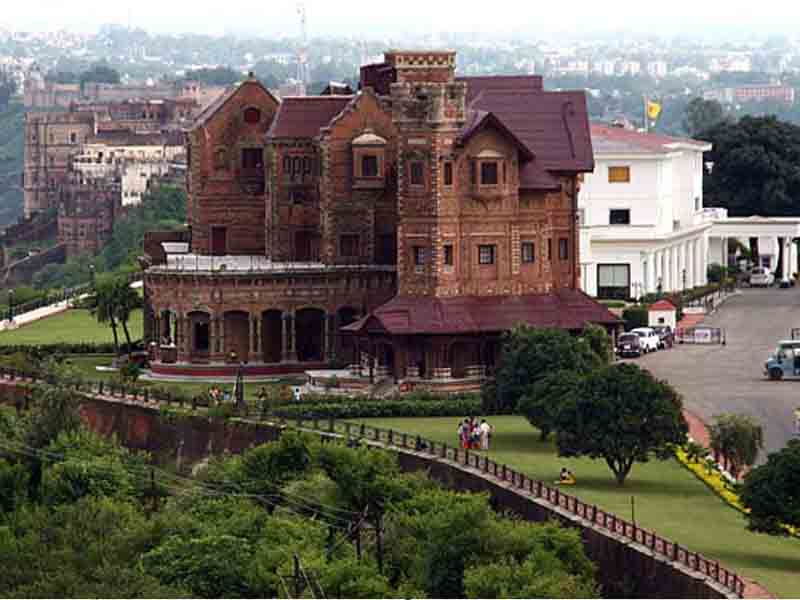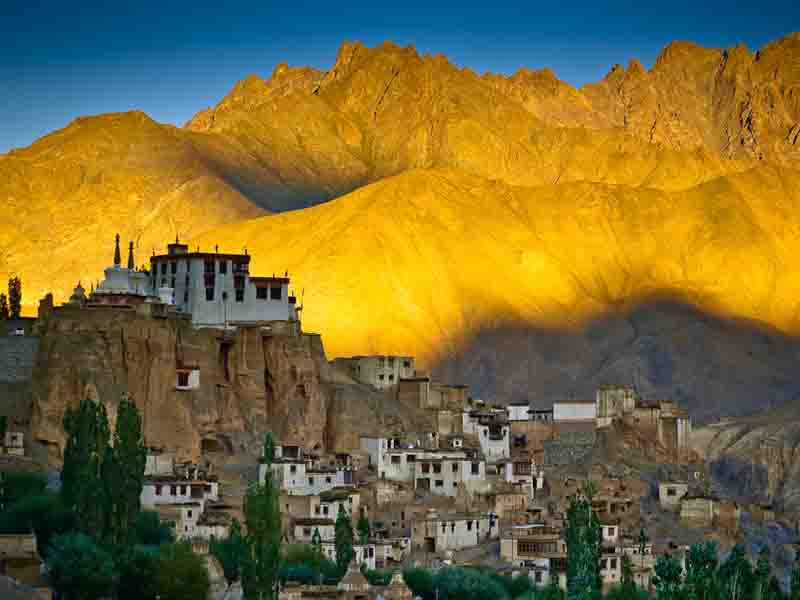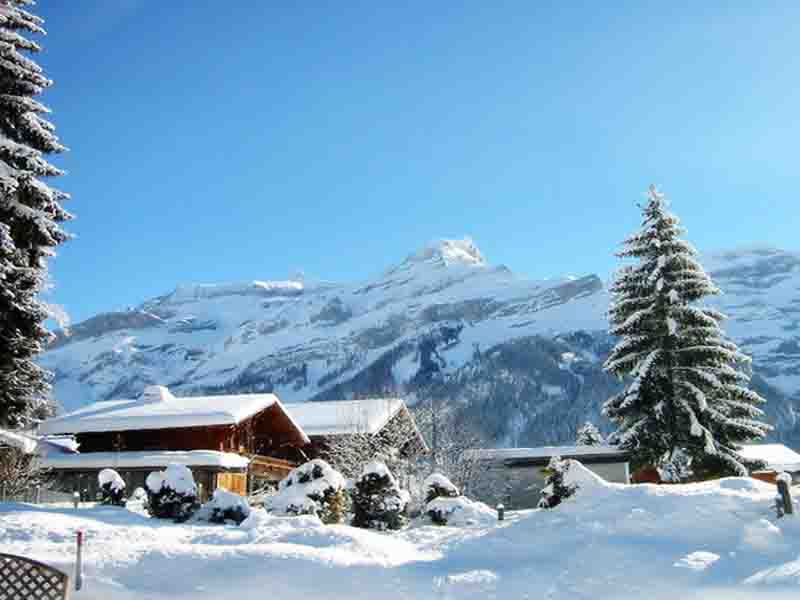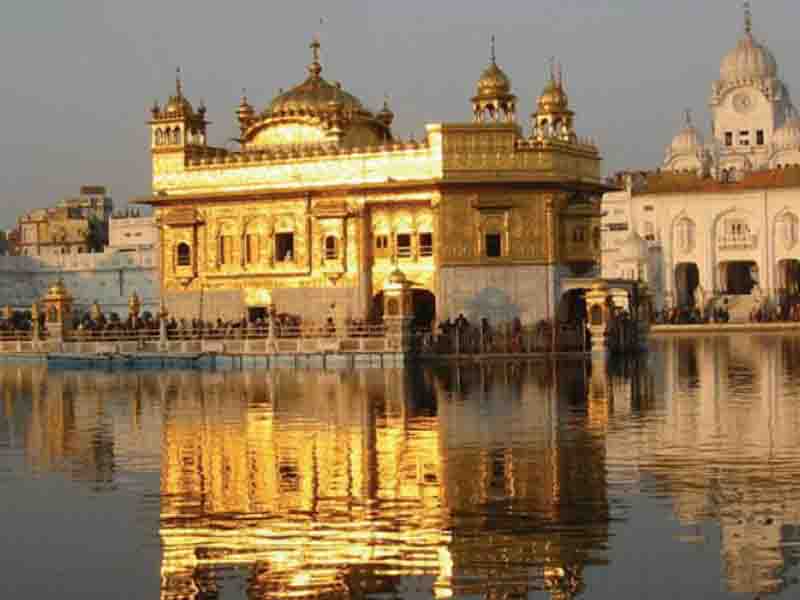Himachal Tour
KULLU
Kullu in Himachal Pradesh is one of the most frequented tourist destinations. Often heard along with the name Manali, yet another famous tourist spot, Kullu is situated on the banks of Beas River. It was earlier called as Kulanthpitha, meaning 'The end of the habitable world'. Awe-inspiring, Kullu valley is also known as the 'Valley of Gods'.Nestled in the lap of the majestic Himalayas, Kullu is a veritable jewel in the crown of Himachal Pradesh.

MANALI
Manali is a high-altitude Himalayan resort town in India's northern Himachal Pradesh state. It has a reputation as a backpacking center and honeymoon destination. Set on the Beas River, it's a gateway for skiing in the Solang Valley and trekking in Parvati Valley. It's also a jumping-off point for paragliding, rafting and mountaineering in the Pir Panjal mountains, home to 4,000m-high Rohtang Pass.

SHIMLA
Shimla is the capital of the northern Indian state of Himachal Pradesh, in the Himalayan foothills. Once the summer capital of British India, it remains the terminus of the narrow-gauge Kalka-Shimla Railway, completed in 1903. It's also known for the handicraft shops that line The Mall, a pedestrian avenue, as well as the Lakkar Bazaar, a market specializing in wooden toys and crafts.The enchanting beauty of Shimla made British declare the land as their summer capital. The colonial influence is still evident in the city.

DHARAMSHALA
The High snow clad Dhauladhar ranges form a magnificent backdrop to the hill resort of Dharamsala. This is the principal township of Kangra district and overlooks wide spread of the plains. With dense pine and deodar forests, numerous streams, cool healthy air, attractive surroundings and the nearby snowline, Dharamsala has everything for a perfect holiday. It is full of life and yet peaceful. The headquarters of His Holiness the Dalai Lama are at upper Dharamsala. Covering a wide area in the form of twin settlement, lower Dharamsala (1380m) is a busy commercial centre.

CHAMBA
Chamba is bounded on north-west by Jammu and Kashmir, on the north-east and east by Ladakh area of Jammu and Kashmir state and Lahaul and Bara-Bangal area of Himachal Pradesh, on the south-east and south by the District Kangra of Himachal Pradesh and Gurdaspur District of the Punjab.Ensconced in the valley of the fast-flowing Ravi River, the capital of Chamba district is a beguiling old town with some beautiful temples, a good museum and bustling markets.
KANGRA
Known as one of the most picturesque valleys of lower Himalayas, the Kangra valley is full of greenery and provides a tremendous contrast in nature of places to be visited. The region is famous for the arts and crafts. Crafts like the exquisitely designed shawls and miniature paintings of this region are internationally appreciated.Guest houses located in Kangra valley give the tourist a breathtaking view of the valley and the mountains beyond. However, these have to be booked in advance.

KASAULI
This small hill station seems to live in time warp that belongs to the 19th century. The narrow roads of Kasauli (1951m) slither up and down the hillside and offer some magnificent vistas. Directly below is the spread of vast plains of Punjab and Haryana which as darkness falls, unroll a gorgeous carpet of twinkling lights. At 3647 m, the peak of Choor Chandni also called the Choordhar powerfully dominates the lower hills and across the undulating ranges, Shimla is visible.

DALHOUSIE
In western Himachal Pradesh, the hill station of Dalhousie is full of old world charm and holds lingering echos of the Raj era. It covers an area of 14 sq. km. and is built on five hills - Kathlog, Patreyn, Tehra, Bakrota and Balun. It is named after the British governor General of the 19th century, Lord Dalhousie. The town's average height is 2036 m, and is surrounded by varied vegetation - pines, deodars, oaks and flowering rhododendron. Dalhousie has charming colonial architecture, including some beautiful churches.





